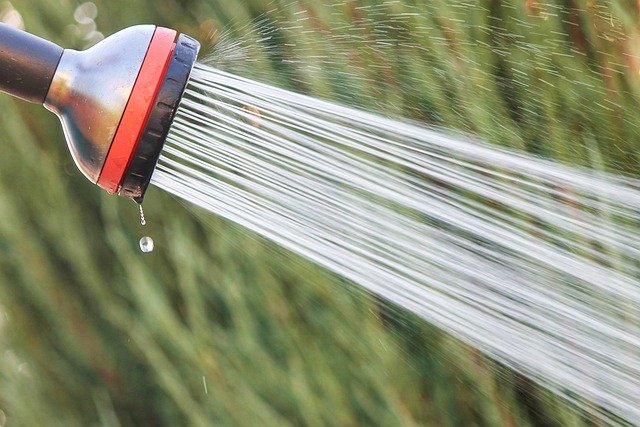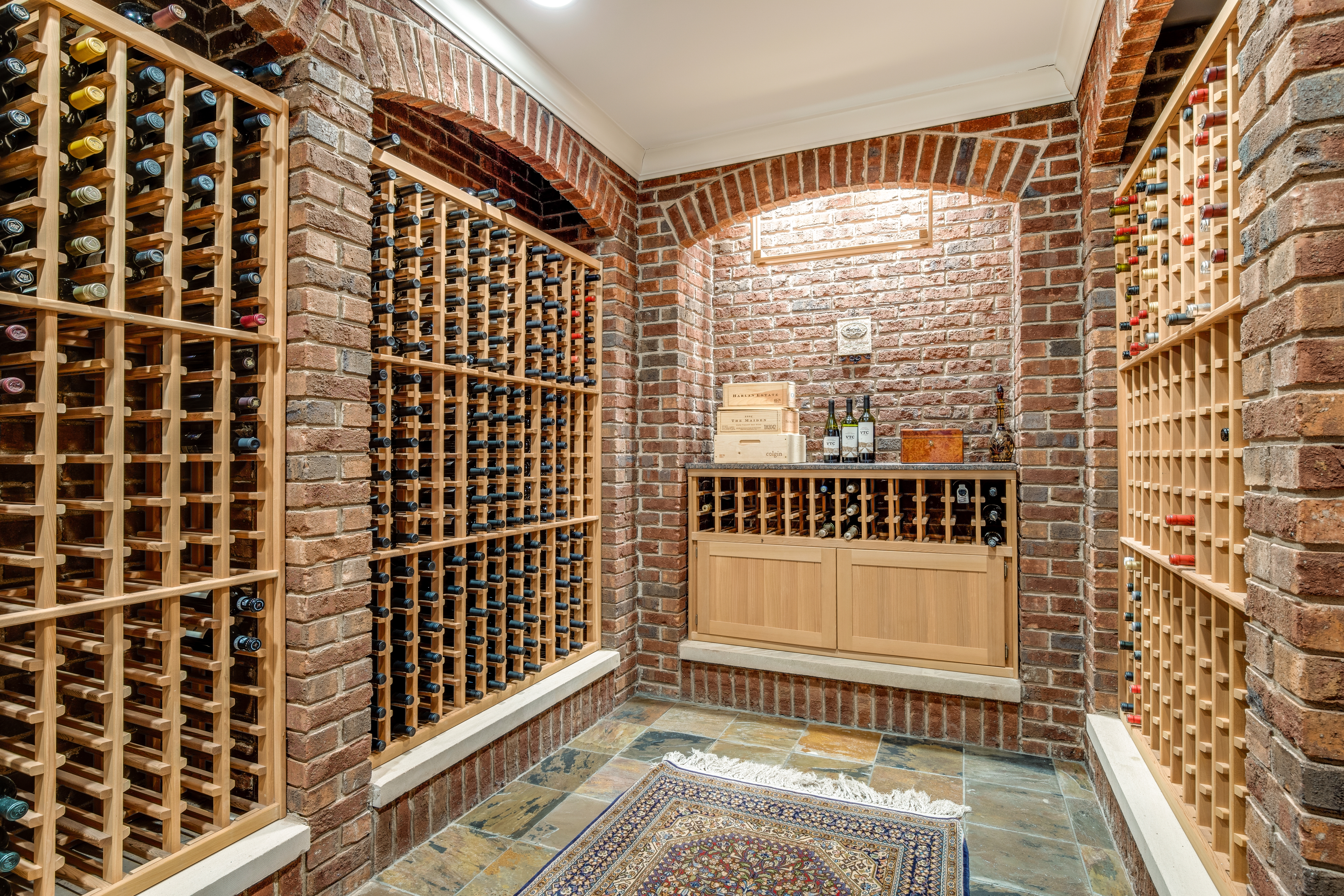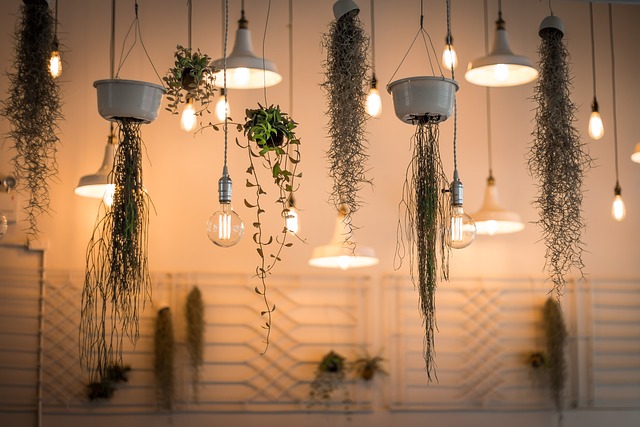Water-Efficient Irrigation Systems: Choosing the Right Option for Your Garden
An efficient irrigation system helps conserve water while maintaining a healthy garden or lawn. Whether it's drip irrigation, sprinkler setups, or smart timers, choosing the right system ensures even coverage, minimal waste, and long-term landscape care.

What are the main types of water-efficient irrigation systems?
Water-efficient irrigation systems come in several forms, each designed to suit different landscapes and gardening needs. The most common types include:
-
Drip Irrigation: This system delivers water directly to plant roots through a network of tubes with small emitters. It’s highly efficient, reducing water waste through evaporation and runoff.
-
Sprinkler Systems: These systems spray water over a large area and are suitable for lawns and larger garden beds. Modern sprinkler heads are designed to distribute water more evenly and efficiently than older models.
-
Micro-Spray Systems: A hybrid between drip and sprinkler systems, micro-spray systems use small sprayers to deliver a fine mist of water to plants. They’re ideal for groundcovers and densely planted areas.
-
Smart Irrigation Controllers: These devices automatically adjust watering schedules based on weather conditions, soil moisture, and plant needs, maximizing efficiency.
How does drip irrigation compare to traditional sprinkler systems?
Drip irrigation and traditional sprinkler systems each have their strengths and are suited to different gardening scenarios:
Drip Irrigation:
-
Delivers water directly to plant roots, minimizing evaporation
-
Ideal for vegetable gardens, flower beds, and container plants
-
Reduces water usage by up to 50% compared to sprinklers
-
Helps prevent weed growth and fungal diseases
Traditional Sprinkler Systems:
-
Cover large areas quickly and efficiently
-
Better suited for lawns and expansive garden beds
-
Can be adjusted for different spray patterns and distances
-
May lead to more water waste through evaporation and runoff
While drip irrigation is generally more water-efficient, sprinkler systems remain popular for their versatility and ability to cover large areas quickly.
What factors should be considered when choosing a home irrigation system?
Selecting the right irrigation system for your home garden involves considering several factors:
-
Landscape Type: The size and layout of your garden will influence your choice. Large lawns may benefit from sprinklers, while vegetable gardens are better suited to drip systems.
-
Plant Types: Different plants have varying water needs. Consider grouping plants with similar watering requirements together.
-
Soil Composition: Sandy soils drain quickly and may require more frequent watering, while clay soils retain moisture longer.
-
Climate: Your local climate, including rainfall patterns and temperature ranges, will affect your irrigation needs.
-
Water Pressure: Ensure your chosen system is compatible with your home’s water pressure.
-
Budget: Consider both initial installation costs and long-term water savings.
-
Maintenance Requirements: Some systems require more upkeep than others. Factor in your willingness and ability to perform regular maintenance.
How can smart technology improve irrigation system efficiency?
Smart irrigation technology has revolutionized the way we manage water in our gardens. These systems offer several benefits:
-
Weather-Based Adjustments: Smart controllers use local weather data to automatically adjust watering schedules, preventing overwatering during rainy periods.
-
Soil Moisture Sensors: These devices measure soil moisture levels and trigger irrigation only when necessary, optimizing water usage.
-
Remote Control: Many smart systems can be controlled via smartphone apps, allowing you to manage your irrigation from anywhere.
-
Leak Detection: Advanced systems can detect leaks or unusual water flow, helping prevent water waste and potential damage.
-
Zone-Specific Programming: Smart controllers allow for precise scheduling of different garden zones based on their specific needs.
By incorporating smart technology, homeowners can significantly reduce water consumption while maintaining healthy landscapes.
What are the cost considerations for different irrigation system options?
When considering irrigation system options, it’s important to factor in both initial costs and long-term savings. Here’s a comparison of different systems:
| System Type | Average Installation Cost | Water Efficiency | Long-Term Savings Potential |
|---|---|---|---|
| Drip Irrigation | $1,000 - $3,000 | Very High | High |
| Sprinkler System | $1,500 - $5,000 | Moderate | Moderate |
| Micro-Spray System | $1,200 - $3,500 | High | High |
| Smart Irrigation Controller | $200 - $500 (controller only) | Very High | Very High |
Prices, rates, or cost estimates mentioned in this article are based on the latest available information but may change over time. Independent research is advised before making financial decisions.
While drip irrigation and smart controllers may have higher upfront costs, their water efficiency often leads to significant long-term savings on water bills. Sprinkler systems, though less expensive to install in some cases, may result in higher water usage over time. The choice ultimately depends on your specific garden needs and budget constraints.
Water-efficient irrigation systems offer numerous benefits for home gardeners, from conserving water to maintaining healthier plants. By carefully considering your garden’s needs, local climate, and budget, you can select an irrigation system that provides optimal results while minimizing water waste. Whether you opt for a simple drip system or a high-tech smart controller, investing in efficient irrigation is a step towards more sustainable and successful gardening.




